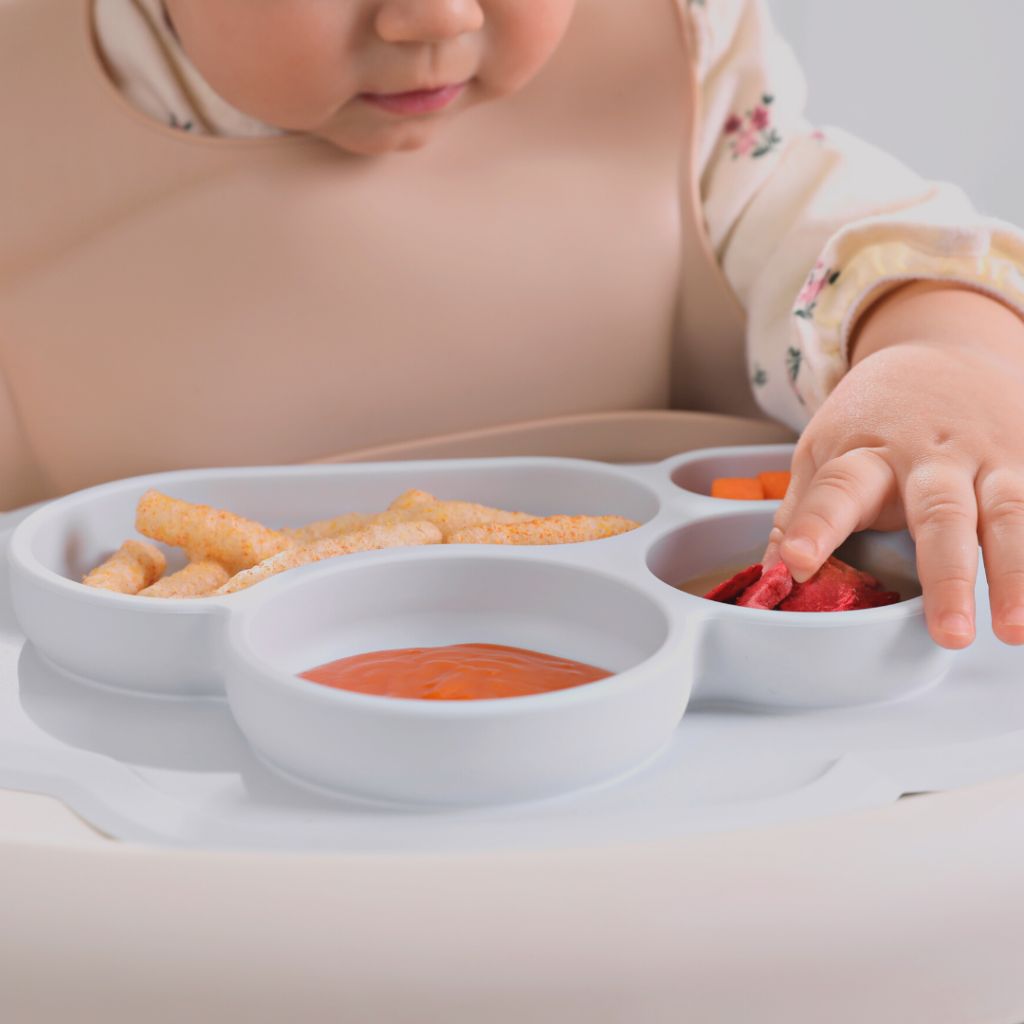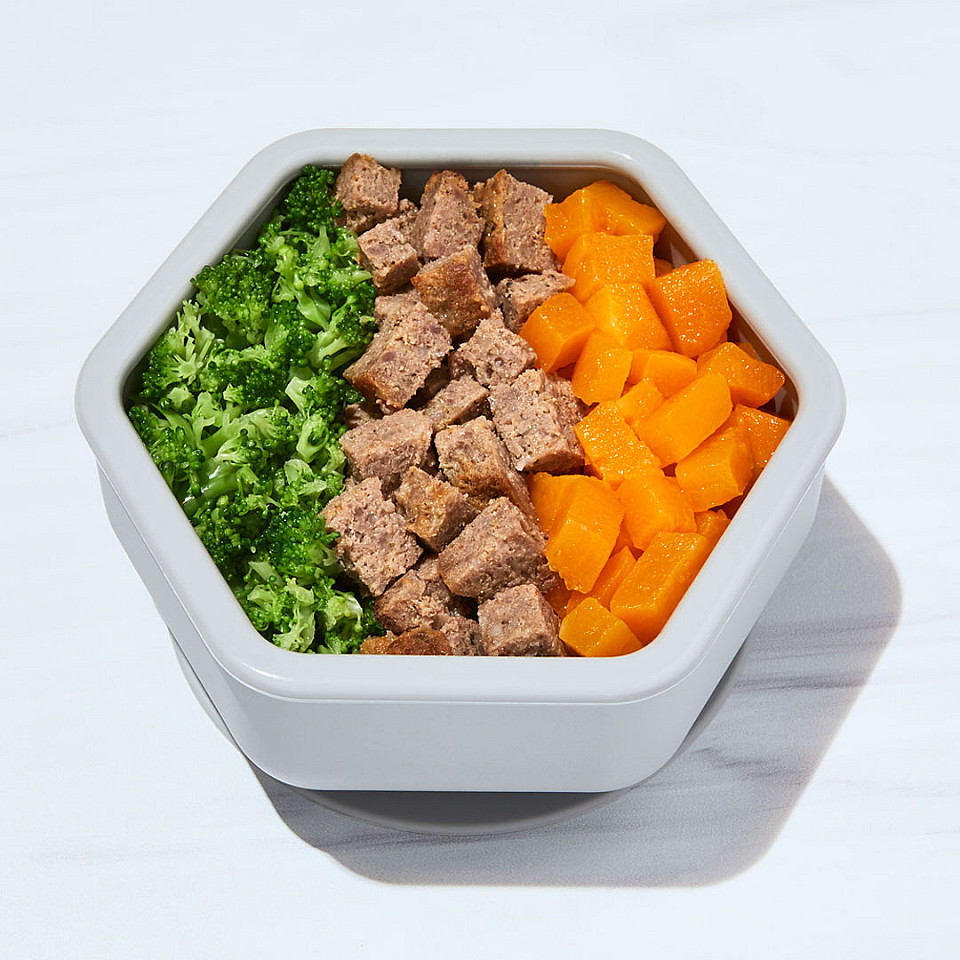How Long Does Baby Food Last? A Guide For Safe Feeding
As a new parent, you’re bombarded with information and questions, one of which likely concerns the proper handling and storage of baby food. Ensuring your little one consumes safe and nutritious meals is paramount, and knowing how long baby food lasts is crucial. This article delves into the shelf life of various types of baby’s food, offering valuable guidelines for proper storage and consumption.
Understanding Shelf Life and Storage Methods
The shelf life of baby’s food can vary significantly depending on several factors, including:
- Type of food: Fruits and vegetables, generally, have a longer shelf life compared to meat-based purees.
- Processing: Commercially prepared baby’s food undergoes sterilization processes, extending its shelf life.
- Storage method: Refrigeration and freezing significantly increase the safe consumption period.
Therefore, it’s essential to be mindful of these factors and follow specific storage guidelines for different types of baby food.
Shelf Life of Commercially Prepared Baby Food
Commercially prepared baby food, often packaged in pouches or jars, provides convenience for busy parents. However, understanding their specific shelf life is crucial for safe consumption.
Understanding “Best By” Dates:
- Quality vs. Safety: It’s important to distinguish “best by” from “use by” dates. The “best by” date indicates the manufacturer’s guarantee of optimal quality in terms of taste, texture, and nutrient content. However, the food may still be safe for consumption beyond this date.
- Sensory Evaluation: After the “best by” date, rely on your senses. Look for any signs of spoilage, such as discoloration, off-odors, or bulging containers. If anything appears suspicious, discard the food for safety.
Storage Temperature and Fluctuations:
- Maintaining Consistency: Consistent storage temperature is crucial. Fluctuations, even within the “safe zone” of refrigeration, can shorten the shelf life. Avoid leaving pouches or jars outside the refrigerator for extended periods, even during travel.
- Travel Considerations: When traveling, pack commercially prepared baby food in a cooler bag with ice packs to maintain proper cool storage. Opt for pouches or jars with resealable lids to prevent contamination.
Additional Considerations:
- Damage and Leaks: Always inspect packaging for any damage like punctures, leaks, or bulges before use. Compromised packaging can allow bacteria to enter, rendering the food unsafe.
- Specific Products: Shelf life can vary slightly between different brands and types of commercially prepared baby food. Refer to the specific product’s packaging for detailed storage and usage instructions.
Shelf Life of Homemade Baby Food
Many parents choose to prepare their own baby food using fresh fruits, vegetables, and meats. While offering increased control over ingredients, homemade baby food generally has a shorter shelf life compared to commercially prepared options.
-
While the 24-48 hour and 3-month guidelines provide a foundation, understanding the nuances of homemade baby food shelf life empowers you as a parent:
Ingredient Influence:
- Acidity Matters: Fruits and vegetables with higher acidity, like citrus and tomatoes, have a slightly longer shelf life due to their natural antibacterial properties. Conversely, starchy vegetables like potatoes or carrots require prompter consumption.
- Balancing Ingredients: When combining ingredients, consider their individual shelf lives. For example, combining fruits with vegetables might shorten the overall shelf life compared to pureed fruits alone.
Portion Control and Hygiene:
- Minimize Leftovers: Preparing smaller portions of homemade baby food helps reduce the risk of exposing larger containers to repeated handling and potential contamination.
- Prioritize Freshness: Label homemade batches with the preparation date, ensuring you prioritize consuming older batches first to maintain optimal freshness.
- Hygiene is Key: Always maintain meticulous hygiene throughout preparation, handling, and storage. This includes washing hands, utensils, and surfaces thoroughly with hot, soapy water to prevent bacterial contamination.
Freezing Techniques and Thawing:
- Blanching for Better Preservation: Before freezing, especially vegetables, consider blanching. This involves boiling the food briefly and then rapidly cooling it, which inactivates enzymes that can cause loss of color, flavor, and texture during freezing.
- Safe Thawing Methods: Thaw frozen baby food in the refrigerator overnight or under running cold water for a shorter timeframe. Avoid thawing at room temperature, as this creates a warm zone conducive to bacterial growth.
Additional Considerations:
- Travel with Homemade Food: Pack homemade baby food in insulated containers with ice packs for travel. Use airtight and leak-proof containers to prevent potential spoilage or contamination en route.
- Choosing Containers: Opt for BPA-free and airtight containers specifically designed for baby food storage. This helps maintain freshness and prevent harmful chemicals from leaching into the food.
Beyond the Basics: Crucial Safety Reminders for Baby Food
While shelf life guidelines offer a general timeframe, prioritizing safety is crucial when dealing with your baby’s food. Here are some essential reminders to ensure safe consumption:
Understanding the Risks:
- Bacterial Growth: Bacteria are microscopic organisms that can thrive in warm temperatures and moist environments. Spoilage occurs when these bacteria multiply, potentially causing foodborne illnesses in babies with immature immune systems.
- Consequences of Spoilage: Consuming spoiled food can lead to various health problems in infants, including vomiting, diarrhea, and fever. It’s crucial to prevent this by following proper storage and handling practices.
Beyond “Best By” Dates:
- Sensory Cues: While “best by” dates indicate the manufacturer’s guarantee of optimal quality, they don’t necessarily signify spoilage. Use your senses to evaluate opened commercially prepared food or leftover homemade batches. Look for discoloration, off-odors, or mold growth, and discard any food exhibiting these signs.
- When in Doubt, Throw It Out: If you’re unsure about the safety of any baby food, err on the side of caution and discard it. It’s better to be safe than sorry when it comes to your child’s health.
Preventing Contamination:
- Handwashing is Key: Always wash your hands thoroughly with soap and hot water for at least 20 seconds before preparing, handling, or serving baby food. This simple practice significantly reduces the risk of transferring harmful bacteria to the food.
- Utensil and Surface Hygiene: Wash and sanitize all utensils, containers, and surfaces used for preparing and serving baby food. This includes countertops, cutting boards, spoons, and blenders, to minimize the risk of cross-contamination.
- Beware of Leftovers: Refrain from re-heating leftover baby food multiple times. Each heating cycle increases the risk of bacterial growth. It’s best to prepare fresh portions or store leftovers in individual serving sizes to avoid this.
By following these tips and understanding the shelf life of different types of baby food, you can ensure your little one enjoys safe and nutritious meals, promoting their healthy development and growth. Remember, when in doubt, always err on the side of caution and discard questionable baby food. Your baby’s health and well-being are paramount.

